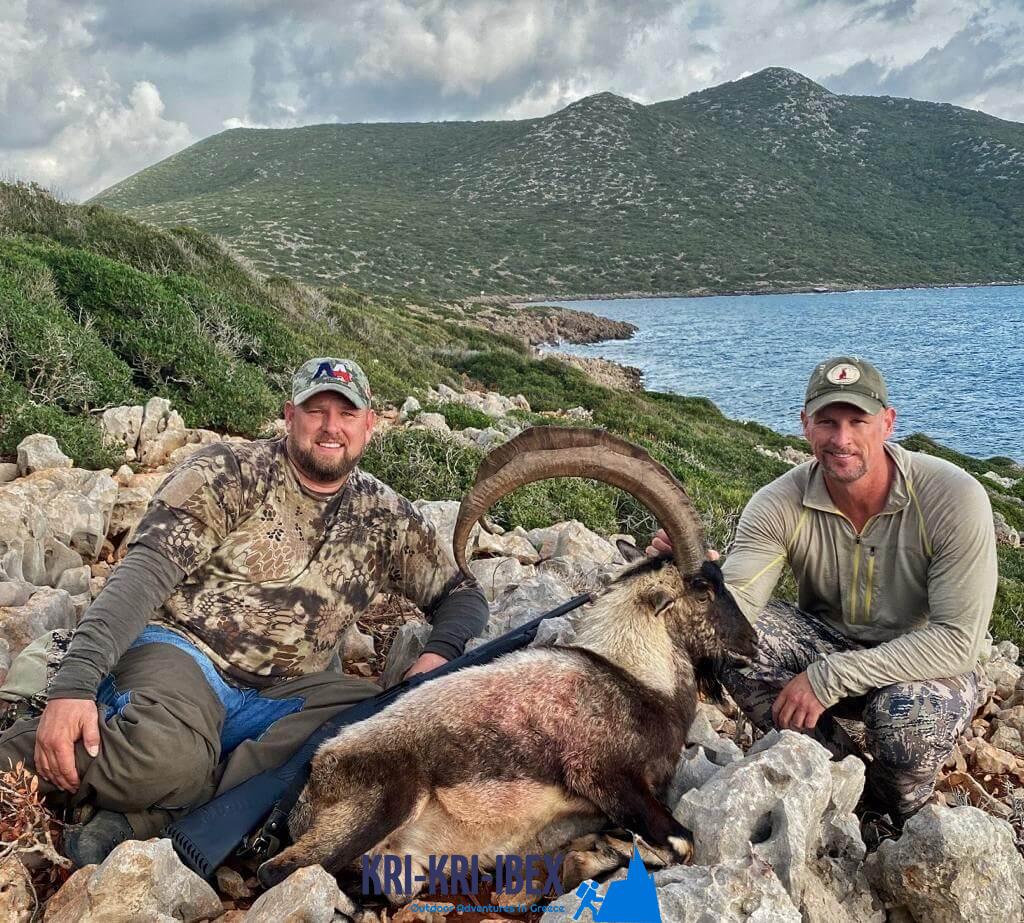The excitement of the Kri Kri ibex search, a chance to be one with nature on an unique Greek island
The excitement of the Kri Kri ibex search, a chance to be one with nature on an unique Greek island
Blog Article

The Peloponnese peninsula on the Greek Mainland is commonly described as the 'real' Greece. Due to the fact that it has taken care of to remain reasonably untouched by mass tourist and maintains a lot of its traditional appeal, this is. Peloponnese is the location for you if you're looking for a genuine Greek experience. And also what better way to discover this lovely area than on among our outdoor hunting, angling, and also cost-free diving excursions?

Pursuing the kri kri ibex in Greece can be a difficult endeavor. Hunting huge game in Greece is tough for international seekers. Swine and roe deer are the single option for neighborhood hunters besides the kri kri ibex, which is just hunted in meticulously secured unique hunting areas such as specific islands. The Kri Kri Ibex and also mouflon can just be fired on unique hunting areas from early morning till midday, according to Greek legislation. Slugs are the only ammunition allowed. You have to reserve a minimum of a year in advance for a certificate. To ensure that just major seekers are permitted on these trips, the Greek Ministry of Nature and Agriculture problems licenses. To guarantee that the federal government problems a specific variety of licenses each year.
Our outdoor hunting, angling, as well as totally free diving excursions are the best means to see everything that Peloponnese has to supply. These trips are developed for tourists who intend to get off the beaten path as well as actually experience all that this unbelievable region has to provide. You'll get to go hunting in several of the most attractive wilderness areas in Greece, fish in crystal-clear waters for a selection of various types, and complimentary dive in several of one of the most stunning shoreline in the Mediterranean. And also most importantly, our seasoned guides will certainly exist with you every step of the means to ensure that you have a risk-free as well as enjoyable experience.
So if you are seeking a genuine Greek experience far from the hustle and bustle of tourism then look no more than Methoni in The Peloponnesos! Our outside searching for Kri Kri ibex, fishing, cost-free diving as well as touring Peloponnese scenic tours from Methoni are the best method to explore this lovely area at your very own pace with like minded people. Call us today to book your put on one of our tours.
What is the diference between Kri Kri ibex, Bezoar ibex and hybrid ibex
The kri-kri is not thought to be indigenous to Crete, most likely having been imported to the island during the time of the Minoan civilization. Nevertheless, it is found nowhere else and is therefore endemic to Crete. It was common throughout the Aegean but the peaks of the 8,000 ft (2,400 m) White Mountains of Western Crete are their last strongholds–particularly a series of almost vertical 3,000 ft (900 m) cliffs called ‘the Untrodden’—at the head of the Samaria Gorge. This mountain range, which hosts another 14 endemic animal species, is protected as a UNESCO Biosphere Reserve. In total, their range extends to the White Mountains, the Samaria National Forest and the islets of Dia, Thodorou, and Agii Pandes.
This Ibex is NOT a diminutive form of the Bezoar Ibex, which has migrated into the western-most reach of the range of this species. The kri – kri (Capra aegagrus cretica), sometimes called the Cretan goat, Agrimi, or Cretan Ibex, is a feral goat inhabiting the Eastern Mediterranean, previously considered a subspecies of wild goat. The kri-kri has a light brownish coat with a darker band around its neck. It has two horns that sweep back from the head. In the wild they are shy and avoid tourists, resting during the day. The animal can leap some distance or climb seemingly sheer cliffs.
“The agrimi goat Capra aegagrus cretica is unique to Crete and its offshore islands. It has been identi®ed as a sub-species of the wild bezoar goat Capra aegagrus aegagrus Erxleben, 1777, which it closely resembles in horn shape, body form and coloration. This classi®cation has been disputed by some researchers who claim that the agrimi are feral goats, derived from early domestic stock brought to the island by the ®rst Neolithic settlers. In order to clarify this issue, DNA analyses (cytochrome b and D loop sequences) were carried out on tissue of live and skeletonized agrimi and compared to sequences of wild and domestic caprines. Results conclusively show the agrimi to be a feral animal, that clades with domestic goats (Capra hircus) rather than with wild Asiatic bezoar. This study demonstrates that morphometric criteria do not necessarily re¯ect genetic af®nities, and that the taxonomic classi®cation of agrimi should be revised.”
Report this page